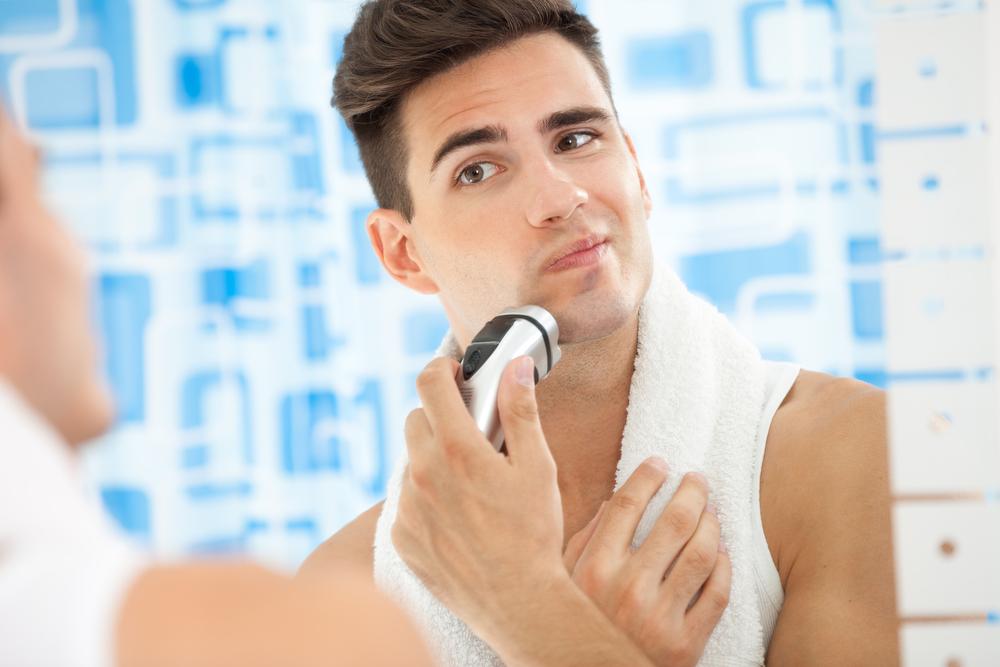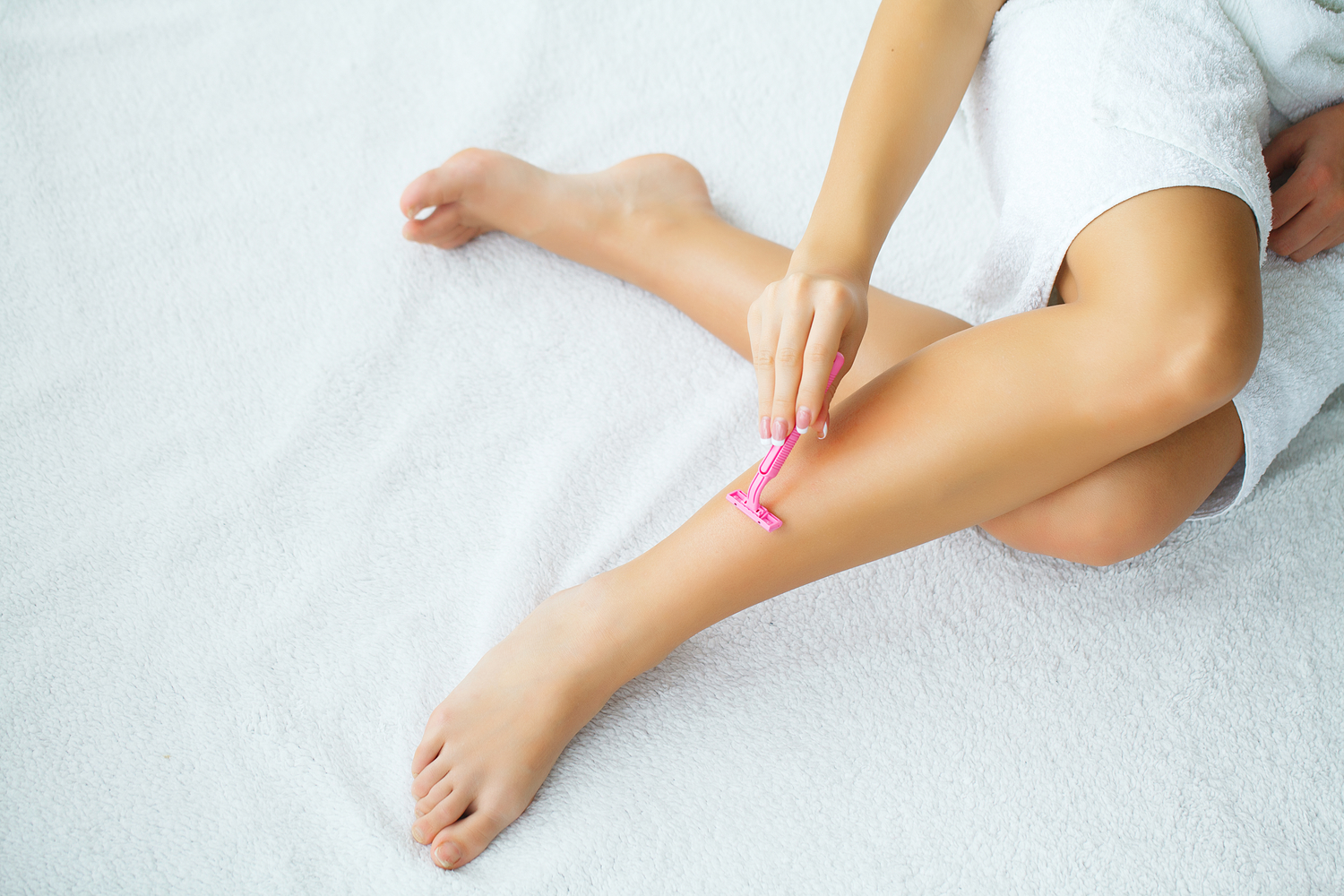Comprehensive Guide to Safe Shaving Techniques and Common Mistakes for Sensitive Skin
This comprehensive guide explores effective shaving techniques designed for sensitive skin, highlighting common mistakes and how to avoid them. It emphasizes proper preparation, tool selection, and post-shave care to minimize irritation, razor burn, and cuts. With detailed tips, this article helps men achieve a smooth, comfortable shave while maintaining healthy skin. Whether you’re new to shaving or seeking to improve your routine, these expert insights promote safer, more effective grooming practices tailored for sensitive skin types.

Comprehensive Guide to Safe Shaving Techniques and Common Mistakes for Sensitive Skin
For many men, shaving is more than just a daily routine; it’s an essential part of grooming that defines their personal style and hygiene. While shaving might seem straightforward, individuals with sensitive skin often encounter a host of challenges such as irritation, razor burn, and cuts. Understanding proper shaving techniques and being aware of common pitfalls can significantly improve the experience and promote healthier skin.
This article provides an extensive overview of effective shaving practices tailored for sensitive skin, emphasizing techniques that reduce irritation and prevent common errors that can compromise skin health. Whether you are a novice or someone looking to refine your shaving routine, the following tips will help you achieve a smoother, more comfortable shave every time.
Why Proper Water Temperature Matters
The temperature of water used during shaving plays a critical role in skin comfort and effectiveness. Rinsing your face with cold water immediately before shaving causes blood vessels to constrict and tightens pores, which can hinder the smooth application of shaving products. Instead, start your routine with warm water. Warm water opens up pores and softens facial hair, allowing the razor to glide more easily and reducing the risk of nicks and irritation.
Pre-Shave Preparation: The Foundation of a Gentle Shave
Skipping pre-shave preparation is one of the common mistakes that can lead to discomfort, especially for sensitive skin. Applying a high-quality pre-shave gel or oil helps hydrate the skin, soften beard hairs, and form a protective layer that minimizes friction and irritation during shaving. Using canned foam or traditional shaving creams can also enhance the glide of the razor and provide a smoother shave.
Shaving Technique: The Key to Comfort and Clarity
Avoid shaving against the grain, as this can cause skin irritation, ingrown hairs, and razor bumps. Instead, always follow the natural growth direction of your facial hair. Use a sharp, high-quality razor blade with minimal pressure; pressing too hard damages sensitive skin and increases the likelihood of cuts. Let the blade do the work by gently gliding over your face, ensuring a clean, irritation-free shave.
Gentle Handling and Blade Care
Applying excessive force or rushing through the shave can damage sensitive skin. Use gentle, deliberate strokes to reduce friction. Additionally, maintaining your blades is crucial; dull blades require more pressure and can cause tugging that irritates the skin. Replace blades regularly—typically after 5 to 7 shaves—to ensure optimal performance and minimal skin trauma.
Post-Shave Care: Hydration and Protection
Choosing the right after-shave products is essential. Alcohol-based aftershaves can dry out and irritate sensitive skin. Opt for alcohol-free formulations infused with natural moisturizers like aloe vera, witch hazel, or chamomile to soothe and hydrate your skin after shaving. Proper post-shave care helps reduce redness, prevent razor burn, and maintain healthy skin.
Now that you're aware of common mistakes and essential techniques, incorporating these practices can elevate your shaving routine, especially if you have sensitive skin.
Effective Preparation Strategies
Prior to shaving, cleanse your face carefully using gentle facial washes designed for sensitive skin. Avoid harsh, alcohol-based cleansers that strip moisture. Follow up with a warm towel treatment to further soften facial hair and open pores, making the shaving process gentler and more efficient.
Selecting Appropriate Tools
Use razors specifically designed for sensitive skin, which typically feature multiple blades with optimal spacing to reduce the risk of cuts and irritation. Multi-blade razors, though often more expensive, offer smoother results and are reusable, making them a worthwhile investment for daily shavers.
Maintaining Sharp Blades
Dull blades tug at hair instead of cutting cleanly, causing inflammation and discomfort. Always replace blades when you notice increased resistance or discomfort during shaving. Proper blade maintenance ensures a smooth glide and minimizes skin trauma.
Mastering Shaving Techniques
Use light, controlled strokes—preferably starting with a first pass in the direction of hair growth. For a closer shave, carefully go against the grain on second passes, but only if your skin tolerates it well. Patience and consistency are key to avoiding redness and irritation.
Internal Hydration and Skin Health
Hydrating your body by drinking plenty of water supports skin elasticity and overall health. Proper hydration ensures your skin remains supple and responds better to external skincare products, reducing the likelihood of irritation.
Blade Rinse Technique
Rinse your razor blades thoroughly between strokes to clear away shaving cream, hair, and debris. Keeping blades clean enhances their sharpness and prevents bacterial buildup, which can lead to skin infections or breakouts.
Managing Razor Burn and Skin Irritation
To mitigate razor burn, replace blades regularly and avoid excessive passes over the same skin area. Use gentle, water-based or hydrating aftershave lotions that soothe rather than sting. Choosing high-quality razors from trusted brands like Gillette, Merkur, or Edwin Jagger can significantly reduce irritation and improve overall shaving comfort.





